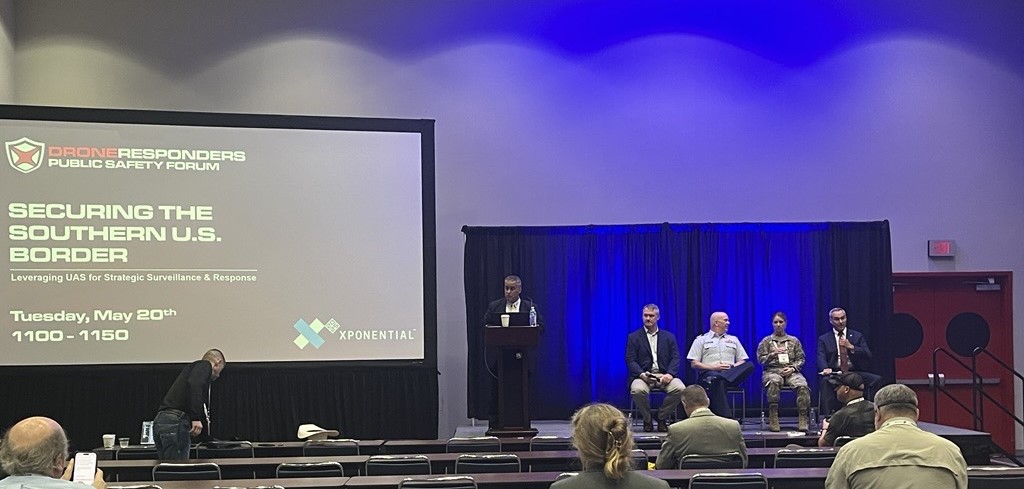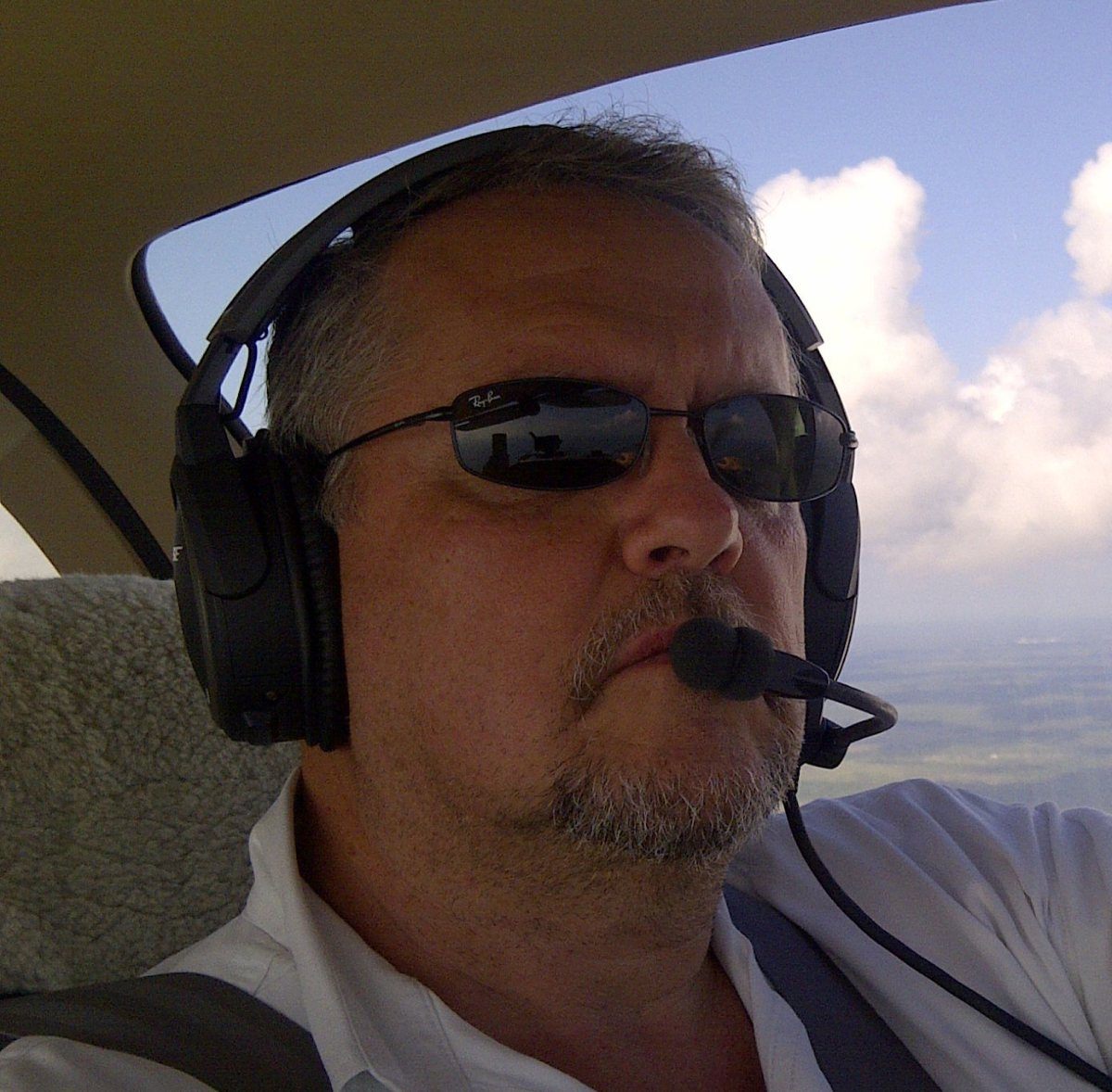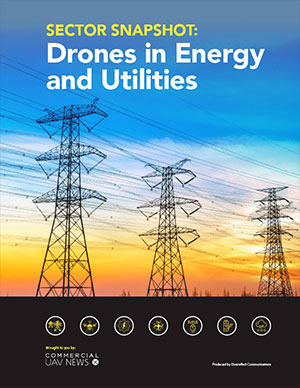In the session “Securing the Southern U.S. Border: Leveraging UAS for Strategic Surveillance & Response” at Xponential 2025, panelists discussed the immense value that unmanned operations bring to protecting the border and what is missing that could bring protections to the next level.
The drone program at the southern border has been in operation for the last seven years. Born out of the need for border patrol agents to have a portable and effective tool for surveillance, drones have become a key asset for security. “The drones are operating at a full capacity. A six-minute flight provides more information than a manned aircraft can. The covert side allows us to do things manned aviation can’t do such as get up close to the brush,” Nate Dudley, U.S. Customs and Border Protection, explained to the audience.
Sandra Lovell, Texas Military Department, leads surveillance operations at the border on a daily basis. Lovell stated that the best benefit of utilizing drones at the border is that they serve as a “force multiplier for the military." With the drone in flight, she said, "we can reallocate resources, I can take a team of two people out in the field instead of 45. This allows our ground troops used elsewhere.”
Despite bringing efficiency to patrol efforts and increasing safety for personnel, there are plenty of challenges involved with flying the border. Drone operations are not replacing helicopter or fixed-wing flights, so properly deconflicting the airspace and facilitating communication between manned and unmanned pilots is a pain point. This highlights the need for a system to be put in place that integrates both types of aviation, a sentiment that was echoed throughout the week at Xponential 2025.
Sam Hill of the U.S. Coast Guard specifically suggested the need for “a system similar to ArcGIS where pilots and grounds crew can share precise locations of drones and other aircraft that we can all share and see live updates of the operation.” This would be particularly vital in the role of identifying counter-drone operations on the border. Panelists shared that there are drones on the other side of the border, in some cases those drones have taken down U.S. drones. The ability to see exactly where U.S. drones are - and what their mission - is would be critical to identifying threats in the field.
Looking to the future and thinking of how drones can better secure the border, the panelists were looking forward to legalized BVLOS operations that could add another level of security. “We have the opportunity to leverage the technology to go BVLOS, but we can’t do that yet because of the regulations,” Hill stated.
“It would be great to see BVLOS missions in actions with drones that can fly the border for hours autonomously,” added Dudley.
In terms of gathering better data to inform border patrol, Lovell stated that she is “excited to get mapping of the terrain we are covering. We can layer that when working with the brush teams to get tracking and data on what are hot spots and use that as a guide to see where our teams should be.”
Drones clearly play a large role in securing the southern border and will become increasingly prevalent as regulations and technologies advance in the coming years.















Comments